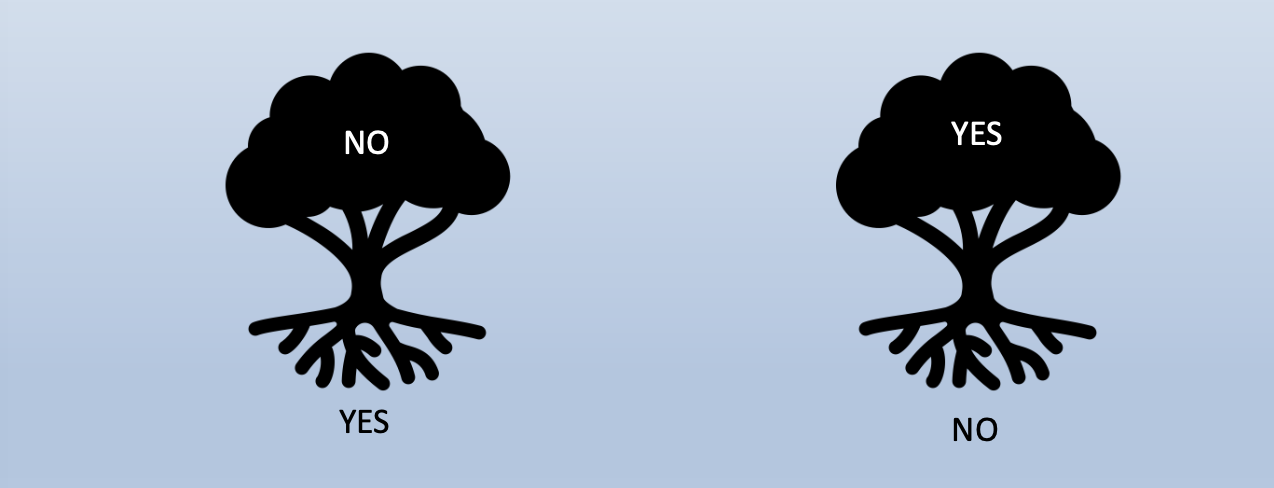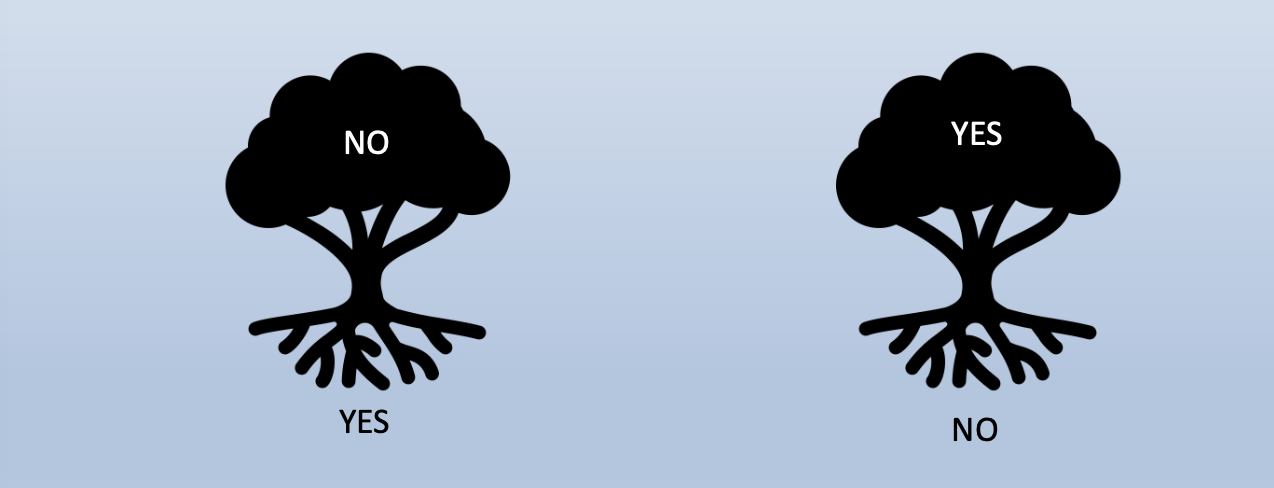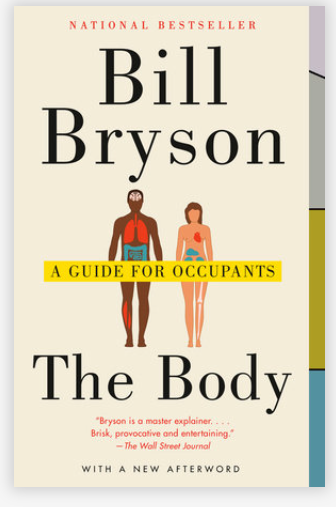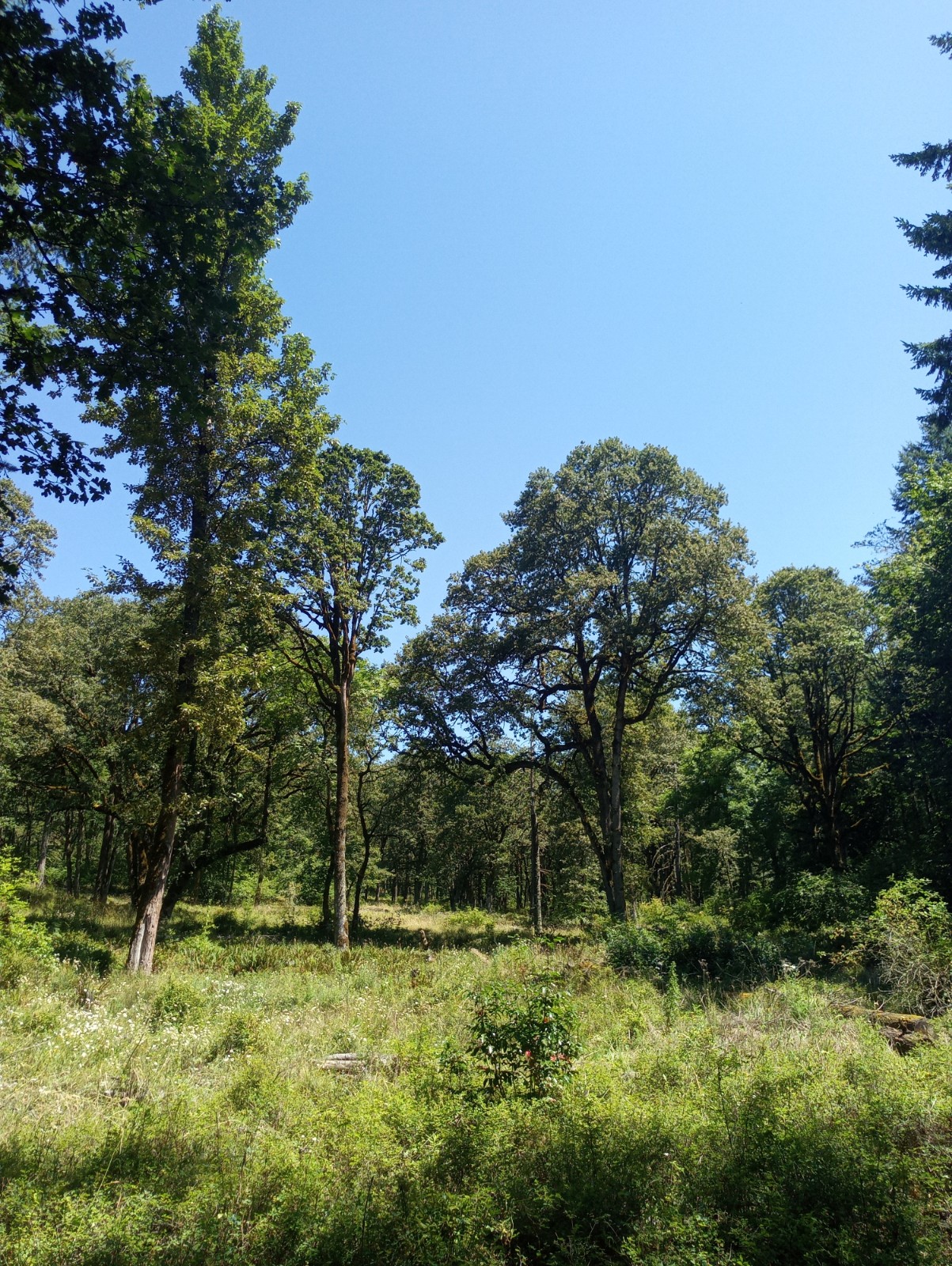Moment of Mind October 2021


Moment of Mind
In mindfulness we’re using our attention as a tool to notice our moment to moment lived experience. When we practice using it this way we learn how to return awareness to the relationship with our changing thinking, feeling and emoting states.
This week, in anticipation of the shifting season and my small group November workshops called Mindful Circle: Having to Savoring (Mondays 5-6 pm PST) and Ready, Set: Boundaries! (Tuesdays 12-1pm PST) (reply to this email if you want the registration links as they aren't advertised publicly on my website) I'm offering two invitations for you to try on.
Invitation #1 - Turn toward, or move into (with action), one thing your mind is creating a lot of fear predictions about - getting curious about what actually happens compared to what the mind says will happen.
Turning to face or intentionally step into an area of fear isn't about "faking it until you make it" or pushing through gritting your teeth in resistance the whole time. This is about appreciative inquiry - what *actually* happens when you do that scary thing?
On Friday I decided to unfollow everyone from my business Instagram account because the mind creates a lot of fears about "loss of social connection" in just about every way I express myself (clothing, hair, social media sharing, what I say/do or don't say/do, etc.). Despite my conscious mind knowing this is ridiculous (bigger problems out in the world and the predictive efforts of the brain), the subconscious mind has not let this go. Here's what I noticed:
#1 - New Information came in - you can't actually unfollow more than about 60 accounts in a day on Instagram, and if you attempt to your account can be suspended.
#2 - Unexpected challenges - I researched how to do this since my first attempt failed.
#3 - The flood of feels arrived. As I started unfollowing I could feel the body constrict and feel off center as the mind went "nooooo I LOVE THIS ACCOUNT" (Alexis Nicole's Black Forager in particular) and "oh will they be upset, will their feelings be hurt?" and "am I a bad person if I unfollow this?" thought-feels. I turned toward the system and hugged the body, breathing into the constriction in my chest. Reality check: this is a social media account, not actual life or death. As Clare Dimond says, what's at stake? If it's just your ego (concept of self) then go deeper to see where conditioning is making the decisions.
#4- I kept taking action throughout the weekend and today reached 0 followed accounts. I created a personal account today so I can keep the two separate (this is recommended practice for entrepreneurs).
#5- As I take actions such as breathing into the tight areas of the body I can see that action can keep happening even as the thought-feels show up...without fighting them, ignoring them, or taking them as capital T TRUTH.
#6 - New learning is showing up - I have a definite list of favorite accounts I learn from and love that I followed in my personal account. This might as well be called "Unanticipated Benefits" which is often what learning and unlearning is.
What's an area of fear you could play in to see how the mind is making stuff up in well meaning protection mode that becomes a subconscious barrier?
Invitation #2 - Practice saying "yes" or "no" clearly to someone. If you want to reply to this email and say "yes send me the registration link" or "no, I'm not interested in these workshops" then that could be your starting point. You have permission to own your no or your yes or your uncertainty!
Over the last few weeks I sent out emails through my social network sharing about the two November workshops (I also did an uptick in weekly newsletters which I only do a few times a year).
In the emails I included a statement that discouraged communication: "no pressure or expected reply." Why? See fear listed above. Today I'm sending out a follow up email encouraging people to reply with a clear yes or a clear no as practice for other areas of their life.
You can say No without it meaning.... anything about the person receiving the no (I don't like you, I don't like what you're creating, I don't want to be your friend, I don't want to hear from you again, I don't like your business, etc.) anything permanent (I won't ever be interested in this, I won't ever want to learn about this, I won't ever have time for this, I won't ever have capacity for this, etc.) anything about you other than right now your answer is no (I'm a bad person, I am terrible at x,y or z, I am in a bad mood, I don't have time for this, I don't have capacity for this, I am fed up with things, etc.) You can also say Yes without it meaning anything about the person receiving the yes anything permanent anything about you other than right now your answer is yes The workshops are secondary to my wanting to encourage people to see their own capacity at saying yes/no/not sure and also identifying hidden desires or needs that prevent those clear yeses or nos.
Boundaries, and related communication can change from day to day as our situations and awareness of our needs/desires shift. Undecided and uncertainty is also healthy - and we can say that too "I'm not a clear yes or no right now, I'll check these out next time they're offered." Creating quick and easy statements like these is part of what we'll look at in the Boundaries workshop.
I'd love to hear what you notice if you try one of these invitations on!
Much love, Tia
Love for Your Inner Science Activist Nerd

The book I'm in the midst of reading right now (well there's always several, just the one I'm sharing here) is called The Body: A Guide for Occupants by Bill Bryson. Written with ironic humor and lots of breaking the 4th wall, it's been an enjoyable read.
What I appreciated about it: The wild unbelievable capacity of the body - your body and my body is AMAZING even when it's injured (maybe especially then), as it's aging, as it's recovering, as it's growing...just all of it. The morsels of astonishment like these: "you have about twenty thousand genes of your own within you, but perhaps as many as twenty million bacterial genes, so from that perspective you are roughly 99 percent bacterial and not quite 1 percent you" (pg 31); you have 11 million pores; every day you breathe in about 20,000 times; your eyes blink roughly 14,000 times a day...and so on. The super bizarre stories of relatively unknown (to me) scientists who do some questionable, stupid, and jaw dropping things in the name of discovery (or brutality, or I have no idea what). Like the guy who wondered if he could insert a tube through his own arm vein (in the elbow pit) up about a foot getting close to his heart (tube wasn't long enough to push it all the way through the heart or he would have) and then walked over to get his successful self-catheter event x-rayed for evidence at the radiology department with the tube sticking out of his body (he was fired for this because it was so risky, several biochem majors from college came to mind in this example). The reminders throughout that life is animating these flesh-suits (as Martha Beck calls them) and there's a lot we don't understand. I appreciate this book for the reminder that control is beside the point. The society I was raised in conditioned me to think that a) control is possible, b) control is desirable and c) it's my fault if xyz because ....control is possible so I must be doing (fill in blank) wrong. That conditioning meant the brain learned to judge any sensation, feeling, emotional experience and for decades I was on a search to control all of it. From that upside down orientation "peace" looked like only having experiences within a narrow range of moods, sensations, emotions, relationships, and even temperature.
Once I realized that "control" is not the same as influence, impact, or supports and that so much happens all the time without the self being involved at all - "peace" has started to look much different. Peace is now welcoming in all the experiences without thinking they define me. Yesterday was a day of negative mood, constriction, fatigue and anxiety - it was a lot of conditioning creating negative story lines. Some days are like this. I no longer expect or aim to end those days. To never again have a shit day is no longer a life goal. Today is a peppy, energetic and active. To make every day like this would end contrast, end variation and the ups and downs that make life what it is.
Books like this remind me that control isn't possible, nor desirable. How in the world would I do something better than this aliveness that's running systems is already up to? I don't want control of this body - I would have no idea how to knit bones together, create hormones out of bacterial activity, move oxygen into all the cells, blink the eyelids, create saliva, or extract nourishment from food while ejecting toxins. At the same time, no control doesn't mean no care, no responsibility or accountability. Learning about how the brain-body system functions often feels empowering because it can be supported in so many ways.
Caveats: Mr. Bryson includes a lot of dad jokes, writes from a United States-centric voice (e.g. 'from coast to coast' meaning the lower 48 states), and as is expected with any re-visiting of human history that includes relaying an institution (medicine and formal science) he covers some effed up situations.
Get Your Park Groove On

Throwback: If you haven't yet visited Mt. Talbert Park in Clackamas County, Oregon, not far off the I5 freeway, I recommend it (with caveats) for a way to visit multiple habitats including oak savannah, mixed fir forest, and riparian zones along a creek. One thing that really struck me was how quickly I walked into a space of forested quiet when I knew that we were physically close to the freeway. We entered on the Sunnyside road entrance which gave us quick access to Mt. Scott Creek and so many birds!!!
The caveats are accessibility and parking. I don't include it in my rotation where I lead nature-based mindfulness walks for the general public because the accessibility for folks who use mobility aids is limited. However, if people plan ahead and have time to go slowly, it's worth it. Another caveat is limited parking so if you have a larger group go earlier in the morning. There are two primary parking lots, one on the north side near Sunnyside Rd and one on the south side off SE Mather road.
P.S. November and December are active fundraising times for local non-profits. I invite you to explore the Willamette Give Guide and consider donating to some of my favorite groups including People of Color Outdoors, Adelante Mujeres, Brown Hope, The Red Door Project, and many more if you are able this winter!
| Copyright © 2019-2021, Finding Mindful Now LLC, All rights reserved. www.findingmindfunow.com, originally published on MailChimp with information on current offerings. Some images or content lightly revised since initial publishing. |
